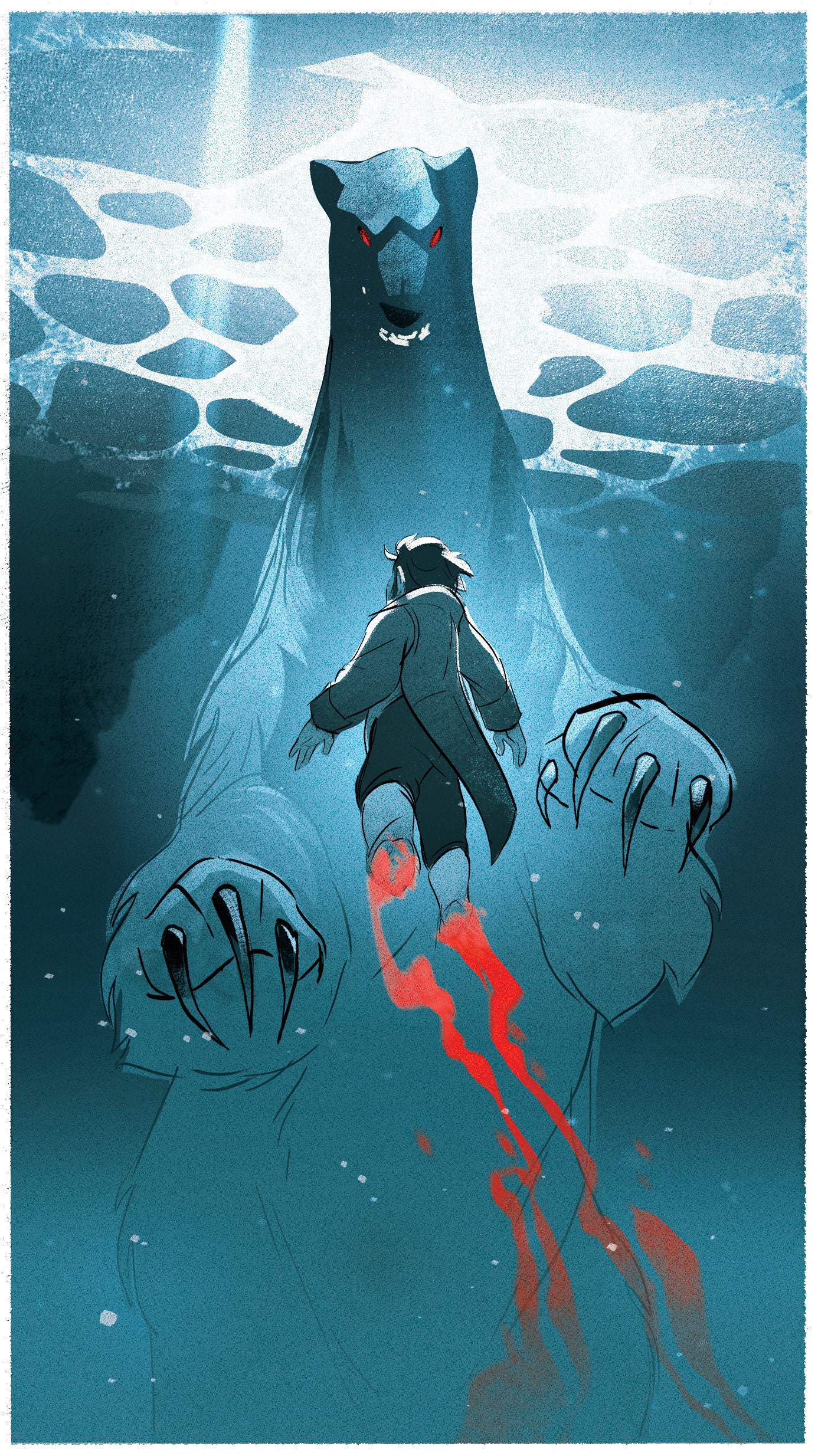The Terror Book: A Deep Dive into Dan Simmons' Arctic Horror

Dan Simmons’ The Terror is more than just a thrilling historical fiction novel; it’s a chilling exploration of human endurance, the unforgiving nature of the Arctic, and the power of myth. Published in 2007, this 784-page masterpiece fictionalizes the ill-fated 1845–1848 expedition of Sir John Franklin, whose ships, HMS Erebus and HMS Terror, vanished into the Arctic ice in search of the Northwest Passage. Simmons masterfully weaves a tale of survival against overwhelming odds, incorporating elements of historical accuracy with a supernatural horror that adds a layer of chilling suspense. This in-depth analysis will explore The Terror through various lenses, referencing key themes and applying them to the broader context of books, authors, reading, libraries, and cultural impact.

1. Books: Genre-bending Masterpiece
The Terror defies easy categorization. While firmly rooted in historical fiction, meticulously detailing the realities of 19th-century Arctic exploration, it seamlessly blends elements of thriller, horror, and even a touch of supernatural fantasy. This genre-bending approach makes it appealing to a wider audience than strictly historical fiction or horror fans, demonstrating the power of blending genres to achieve a unique and captivating narrative. Its status as a bestseller and subsequent television adaptation further solidify its place within the broader literary landscape.
1.1 Genre Classification and Appeal
The novel’s success lies in its ability to seamlessly blend genres. The historical accuracy appeals to readers interested in the Franklin expedition and the harsh realities of 19th-century Arctic survival. The thriller elements, including mutiny and cannibalism, maintain a high level of suspense. The supernatural horror, centered around the monstrous Tuunbaq, adds a layer of psychological terror, enhancing the already perilous situation. This combination creates a multi-faceted narrative that transcends typical genre boundaries and appeals to a broader readership.
1.2 Bestseller Status and Adaptations

The Terror’s success as a bestseller indicates a significant level of reader engagement. Its compelling narrative, combined with well-developed characters and a gripping plot, resonated strongly with audiences, leading to its widespread popularity. The subsequent adaptation into a critically acclaimed AMC television series further cemented its status as a significant work of modern literature. This adaptation showcases the novel’s adaptability and its potential to capture a wider audience beyond the book’s readers.
2. Authors: Dan Simmons and his Literary Prowess
Dan Simmons, a prolific author known for his work in various genres including science fiction, fantasy, and horror, showcases his versatility and depth in The Terror. His detailed research and evocative writing style breathe life into the harsh Arctic setting and its inhabitants. His ability to seamlessly integrate factual elements with a compelling fictional narrative highlights his mastery of historical fiction.

2.1 Author Bio and Writing Style
Simmons’ background, which includes experience as a teacher, is evident in his attention to detail and his ability to convey complex information in an engaging manner. He avoids gratuitous sensationalism and instead creates a realistic portrayal of the expedition’s struggles, building suspense through careful pacing and atmospheric descriptions. His writing style is both precise and evocative, allowing readers to fully immerse themselves in the bleak beauty of the Arctic and the psychological torment faced by the explorers.
2.2 Inspirations and Influences
The novel’s inspiration is clearly the Franklin expedition, a real-life mystery that has fascinated historians and adventurers for centuries. Simmons draws heavily on historical accounts and journals of the expedition members, enriching the narrative with a strong foundation of fact. However, he doesn’t merely recount historical events; he constructs a suspenseful narrative by incorporating fictional elements and a mythological antagonist, the Tuunbaq, drawing on Inuit folklore to create an additional layer of terror. This integration of historical detail and imaginative fiction enhances the novel’s impact and makes it both historically relevant and imaginatively terrifying.
3. Reading and Learning: Lessons from the Ice
Reading The Terror offers more than just entertainment. The novel provides insightful reflections on human nature, survival, and the importance of understanding one’s environment. The brutal conditions and the psychological pressures placed on the crew provide a microcosm of the human condition, highlighting the importance of resilience, adaptation, and the consequences of poor leadership.
3.1 Summaries and Educational Value
The novel’s plot, though fictionalized, serves as a compelling narrative of the Franklin expedition. The meticulous historical details make it a valuable resource for understanding the hardships faced by Arctic explorers and the human cost of ambition in the face of nature’s power. The book’s use of multiple perspectives adds depth to the narrative. Each character’s account offers unique insights and perspectives, enriching the overall story. It transcends mere storytelling, providing lessons on leadership, survival, and the importance of respecting cultural differences, and offers insights into the human response to extreme stress.
3.2 Life Lessons and Reading Habits
The Terror offers several profound life lessons. The expedition’s disastrous outcome highlights the danger of hubris and the importance of respecting the power of nature. The characters’ struggles with mental and physical hardships highlight the importance of resilience and the limitations of human endurance in extreme circumstances. The dynamics between the characters, their internal conflicts, and the consequences of their choices, serve as a compelling study in human nature. Reading the novel can encourage readers to reflect on their own coping mechanisms and perspectives on the impact of societal constraints on human conduct.
4. Libraries: Preserving the Narrative
Libraries, both physical and digital, play a crucial role in preserving and disseminating works of literature like The Terror. Its inclusion in public and university libraries ensures its accessibility to a wide range of readers, fostering understanding of history and literature. Digital libraries offer convenient access to this and other important resources.
4.1 Public and Digital Libraries
Public libraries ensure that The Terror remains accessible to a wide range of readers, regardless of socioeconomic background. Digital libraries, such as online archives and ebook platforms, further expand access by making the novel available to anyone with an internet connection. This broad accessibility is crucial for ensuring the continued relevance of the novel, allowing future generations to discover and engage with the compelling story. These platforms promote exploration and understanding, facilitating research and enriching reading habits.
4.2 Rare Collections and Archives
While The Terror is not a rare book itself, libraries’ extensive archives of historical documents related to the Franklin expedition provide crucial context for understanding the novel’s factual basis. These resources further enhance the novel’s educational value, allowing readers to explore related primary sources and gain a deeper appreciation for the historical accuracy that informs Simmons’ work.
5. Cultural Impact: Literary Influence and Adaptations
The Terror’s influence extends beyond its status as a bestseller. Its adaptation into a popular television series demonstrates the novel’s power to inspire other creative works and engage audiences in diverse media. The discussion generated surrounding the novel and the series enhances public understanding of the Franklin expedition and its significance in Arctic exploration history.
5.1 Literary Influence and Adaptations
The Terror’s success as a novel has clearly inspired other creative works. The television series adaptation is a prime example, showcasing the narrative’s capacity to translate well across different mediums. The series expanded on the novel’s themes and characters, reaching a broader audience than the book alone could, demonstrating the novel’s enduring appeal. Furthermore, the novel’s compelling narrative and rich thematic resonance can spur further creative endeavors such as works of film, theatre, and other forms of literary expression.
5.2 Awards and Communities
While The Terror received notable nominations, such as the British Fantasy Award in 2008, the novel’s impact is also reflected in the online communities that have formed around it. These communities provide spaces for readers to discuss the book’s themes, characters, and interpretations, further enhancing the novel’s enduring appeal and its role in fostering intellectual discourse. These discussions reflect its importance in inspiring literary analysis and fostering deeper engagement with historical and literary topics.
In conclusion, The Terror stands as a compelling example of a genre-bending work that has had a significant cultural impact. Its blend of historical accuracy and supernatural horror, coupled with Simmons’ skillful writing, has ensured its lasting appeal. Its accessibility through libraries and its adaptation into other media reinforce its significance within the broader cultural landscape, making it a worthy subject of ongoing discussion and study.